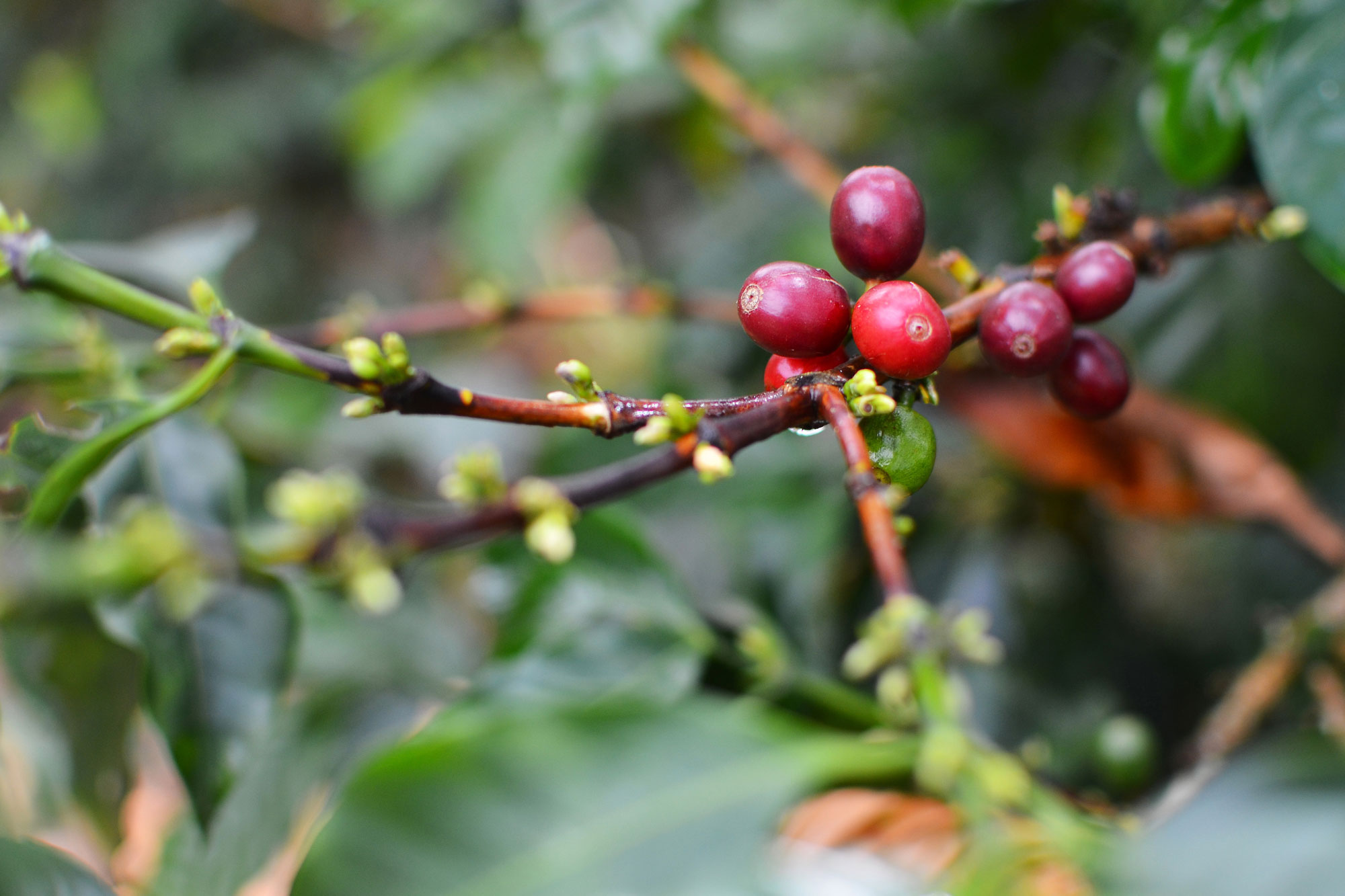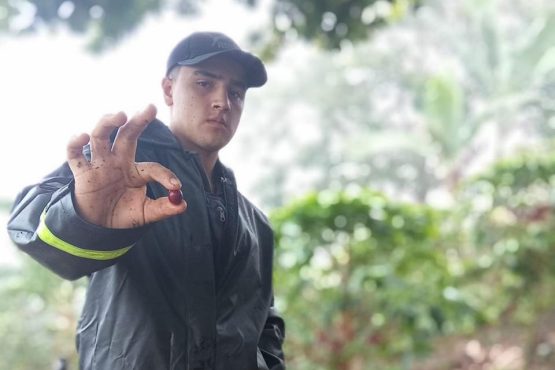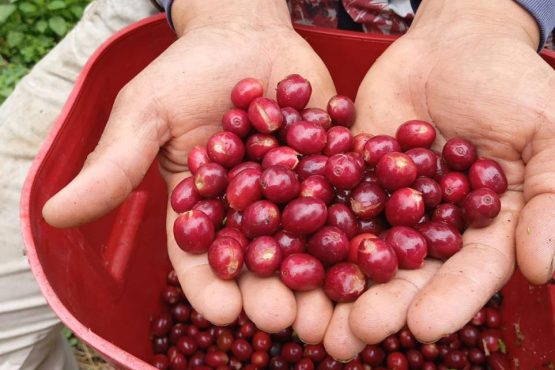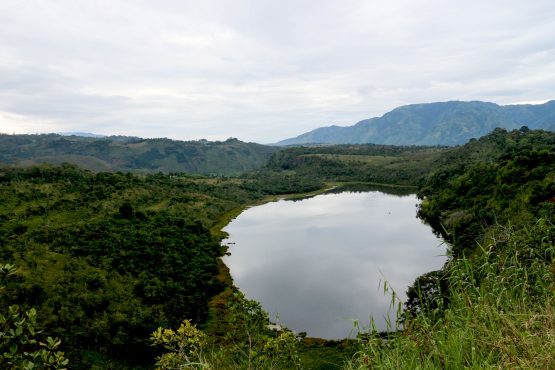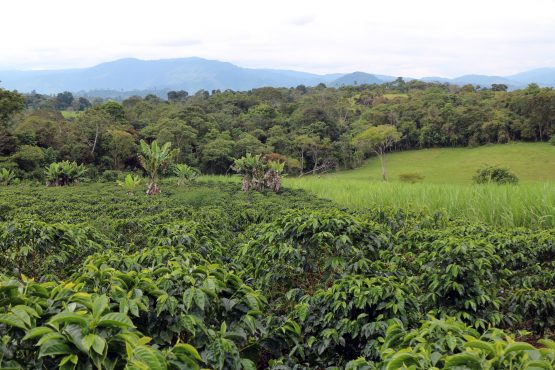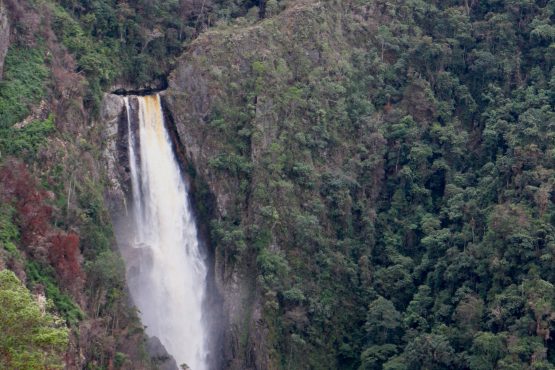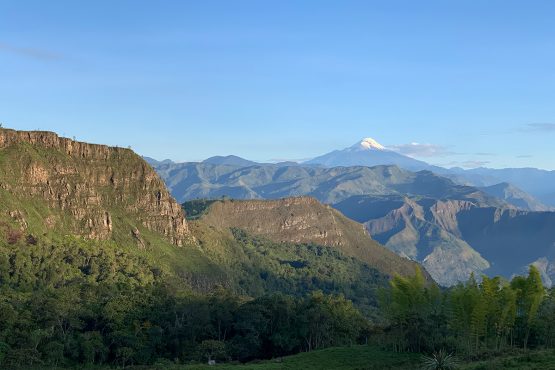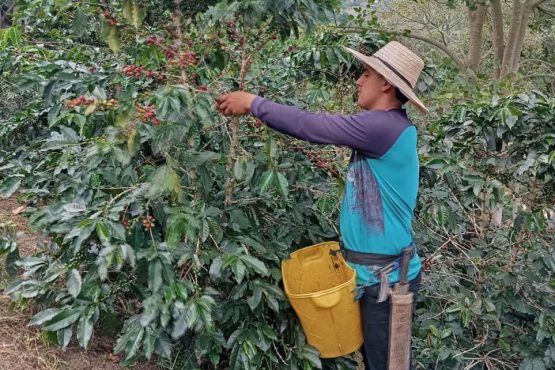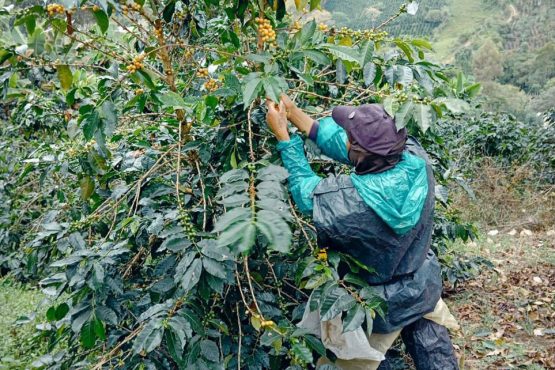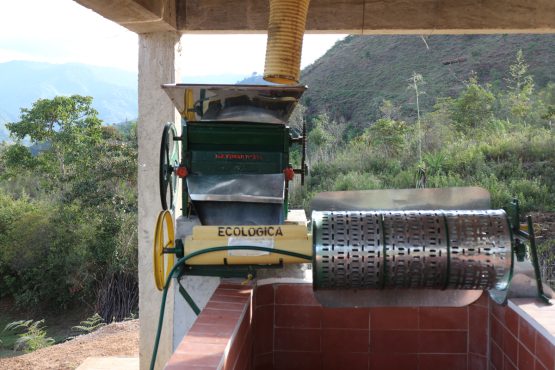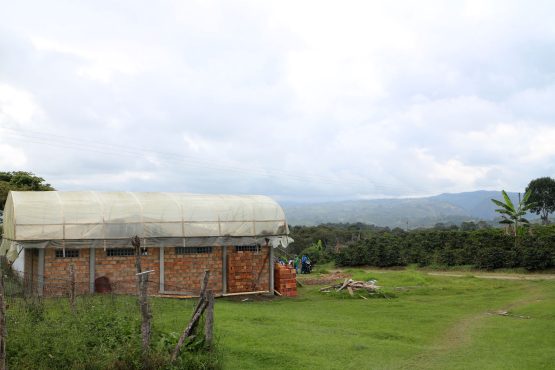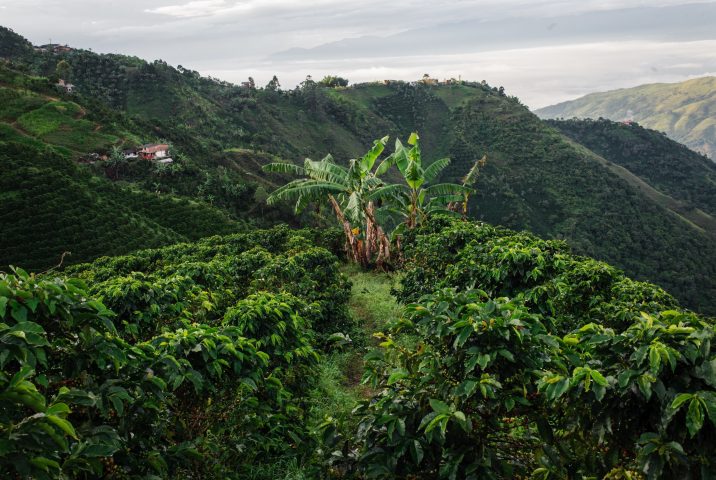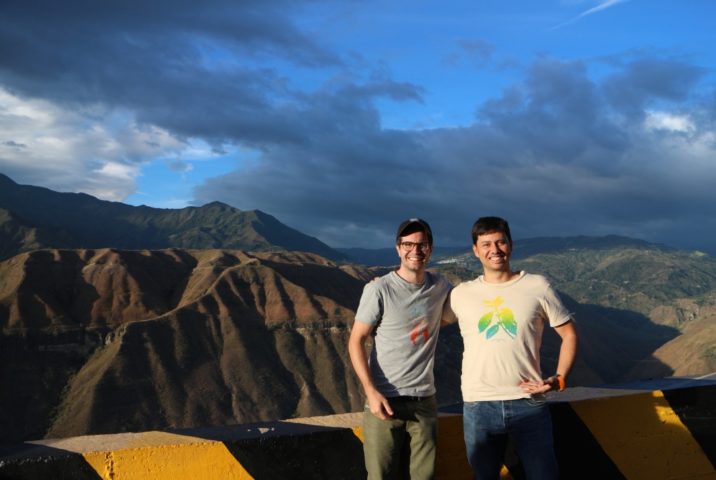La Cumbre Pink Bourbon
Sparkling lemon lime acidity, balanced by ripe stone fruit. Yellow nectarine, golden kiwi and sugarcane.
This microlot was produced by Andrés Peña and his family, who own the two-hectare farm La Cumbre. The farm sits at 1,850m above sea level, and is located near the town of El Carmen, in the municipality of Oporapa in the southwest of Colombia’s state of Huila.
La Cumbre, which translates to ‘the summit’ in Spanish, is mainly planted with Caturra, a variety that was propagated heavily during the 1970s and 1980s when most local farms were established, and Colombia, which was introduced by Colombia’s Coffee Federation (FNC) in the 1980s, as part of the country’s efforts to reduce the incidence of coffee leaf rust without affecting cup quality.
Recognising that a rare variety like Pink Bourbon (which has a direct lineage to Ethiopian heirloom varieties) would perform well in Oporapa’s climate and fetch higher premiums from specialty buyers like MCM, Andrés has recently planted the variety in a newly renovated section of his farm. This particular lot is 100% Pink Bourbon, which presents an intensely floral and complex flavour profile and an elegant acidity. Like many of his neighbours, Andrés farms his coffee with traditional techniques, applying fertilisers around three times a year after manual weeding and rarely using pesticides.
Most of Oporapa’s producers grow coffee at their primary farms, and tend to other vegetables and fruit in parcels of land in the nearby state of Caquetá. Towards the end of the coffee harvest, producers like Andrés will relocate to complete the harvest of their food crops. Recognising this is exhausting, Pergamino have focused on teaching producers they work with in the region to intercrop fruit and vegetables with coffee, thereby maximising their land and providing year-round sustenance from their primary site.
ABOUT OPORAPA
Located in Huila’s southwest, nearly 200km away from capital city Neiva, Oporapa is part of the Great Colombian Massif, sitting alongside the Magdalena River. Situated in a plateau above the Valley of Laboyos, Oporapa boasts a very strong agricultural sector, with corn, legumes and passionfruit its most important food crops. The municipality is also one of Colombia’s largest coffee-producing regions, thanks to its unique topography of gentle, rolling hills, which are much easier to farm than the steep cliffs common in many of the country’s coffee regions. This allows growers to plant more trees per hectare, and makes the harvest easier to manage, as picking is less challenging.
Beyond the delicious produce and coffee the region is known for, Oporapa, and the towns that surround it, are lands of great historical significance. Prior to the Spanish invasion of Colombia, the area was the traditional home of several nations and groups, including the Guachico, Totalco, Laboyo, Lacaco, Guarapa and Totalco people. Oporapa has numerous waterways that run parallel to and eventually feed into, the Magdalena River (which runs from Huila all the way to the Caribbean Sea), making it a key location for trade and transport routes that were also used by larger indigenous nations like the Timana, Andaquí and Yalcón. Following the region’s brutal conquest and the subsequent demise of many of its indigenous peoples, vestiges of the area’s rich history can still be found at the various national parks and archeological sites that are found throughout the area, such as the Salto de Bordones waterfall, which is the origin of many local myths and stories.
Today, this corner of Huila is home to several protected indigenous reserves, made up of nations who re-settled here following colonisation. These resguardos operate under their own rule of law, independently of the Colombian government. Its communities are dedicated to sustenance farming of traditional crops like yuca, beans and corn, with families and neighbours trading amongst themselves (rather than using money) to protect their food sovereignty and independence.
ABOUT HUILA
The department of Huila is located in the southwest of Colombia. It is framed by the Central and Eastern ranges of the Andes, with most of the region sitting within the Magdalena Valley. The area is renowned for the quality of its coffee, and in 2013 it received the Denomination of Origin status. Coffee production in Huila belongs to an ecosystem of subtropical, very humid mountain forest. The year-round distribution of rainfall, rich soil and temperature allow exceptional coffee to be cultivated at elevations of up to 1,900 meters above sea level almost throughout the whole year. The state is also the home of Colombia’s largest volcano, Nevado del Huila, which is also visible from locations in Cauca and Tolima.
Huila is one of the largest coffee-producing regions in the country, however coffee farms are overwhelmingly small-scale, with most farmers owning on average just 1.5 hectares of land. Alongside coffee they also grow rice, raise cattle, and farm fish. Our export partners for this coffee, Pergamino, have worked hard commercialise specialty-grade coffee throughout Huila, and have uncovered some stunning coffees and very dedicated producers in the process. They work closely with the producers to give them feedback on their coffees (provided by Pergamino’s expert team of cuppers) and provide top up payments when the coffee is sold at a higher premium.
Head here to learn more about the work of Pergamino.
HOW THIS COFFEE WAS PROCESSED
This lot was selectively hand-harvested, with most labour being provided by Andrés and his family. It was then processed using the washed method at the farm’s ‘micro-beneficio’ (mill).
At the end of each day, cherries were hand-sorted and left to pre-ferment for up to 24 hours. This was done using permeable nylon sacks, which allow for airflow around the coffee cherry, keeping the internal temperature low and stable. Once bagged, Andrés carefully placed the cherries in a cool, dry place to protect them from the elements, as high temperatures can accelerate fermentation and introduce undesirable flavours. Fermentation times at La Cumbre are not standardised, instead depending on that day’s workflow and the volume of cherry harvested. Oporapa’s cool climate allows farmers like Andrés to collect 1-2 days’ worth of pickings before they need to pulp and wash the cherries, streamlining operations without risking over-fermented flavours in the final cup.
The cherry was then pulped using a small electric pulper and then placed into a fermentation tank for another 48 hours. Because of the region’s cooler temperatures, producers like Andrés tend to ferment the coffees for longer than usual and will often blend several days’ worth of pickings over a two to three day period. Every day, freshly picked cherry is pulped and added to the mix, which lowers the pH level and – along with the cooler temperatures – allows for an extended fermentation process. This fermentation process contributes to a vibrant, winey acidity in the coffee’s cup profile.
Following fermentation, the coffee was washed and then carefully sun-dried over 10–18 days in a combination of patio and raised beds, depending on the available space throughout the harvest. Once dry, the coffee was delivered to Pergamino’s warehouse, where it was cupped and graded, and then rested in parchment until it was ready for export.
